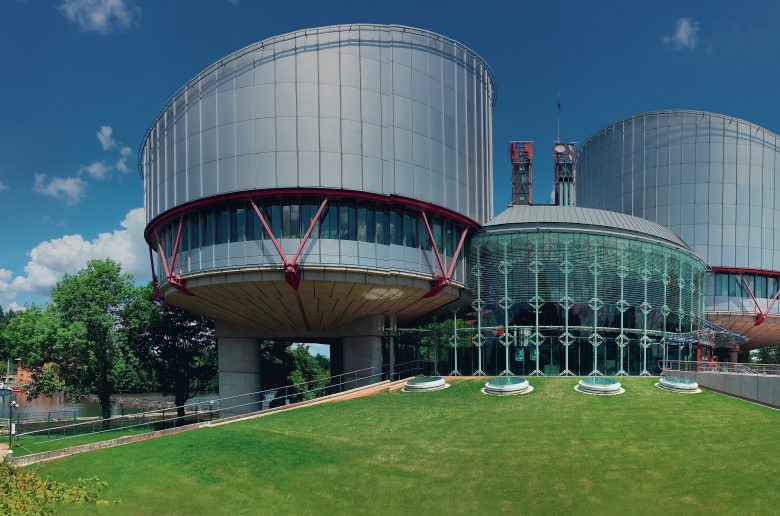
The Constitutional Reform Act 2005 (CRA) s.23(1) created the UK Supreme Court. Section 25(1) of the Act, as amended by the Tribunals, Courts and Enforcement Act 2007, specifies that a person is not qualified to become a Justice of the Supreme Court unless he or she has (a) held high judicial office for at least 2 years, (b) satisfied the judicial-appointment eligibility condition on a 15-year basis, or (c) been a qualifying practitioner for a period of at least 15 years.
In May 2011 it was confirmed that Jonathan Sumption QC would become a Supreme Court Justice. Sumption is the first person to be appointed to the Supreme Court without first serving as a full-time judge. There were several such appointments to the Supreme Court’s predecessor, the Appellate Committee of the House of Lords, although not since Lord Radcliffe in 1949. Former Lord Chancellor, Lord Irvine of Lairg, was also appointed to government straight from the Bar and, by virtue of his office, could (and did) sit as a Law Lord.
Your organisation does not have access to this article.
Sign up today to give your students the edge they need to achieve their best grades with subject expertise
Subscribe




